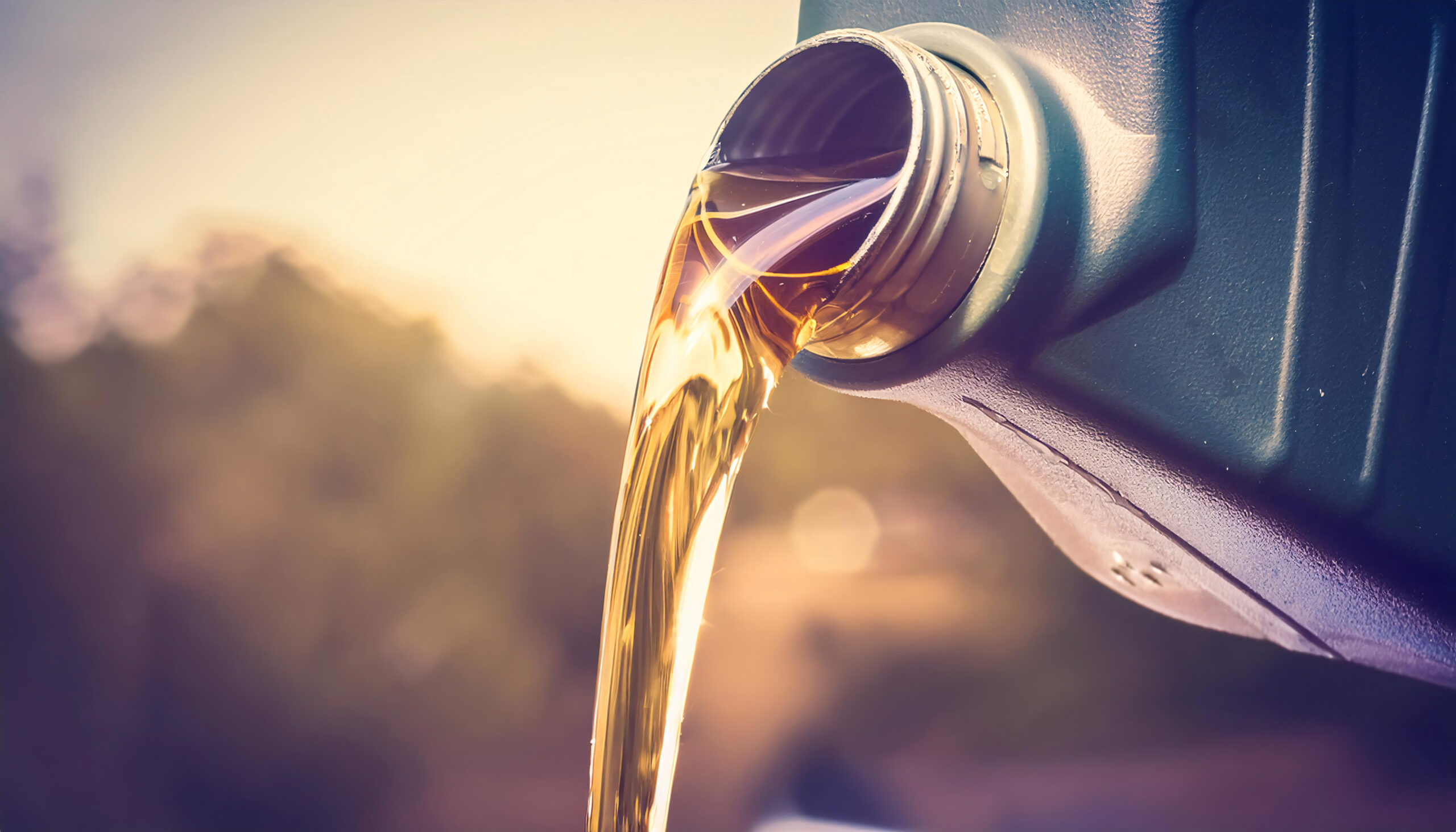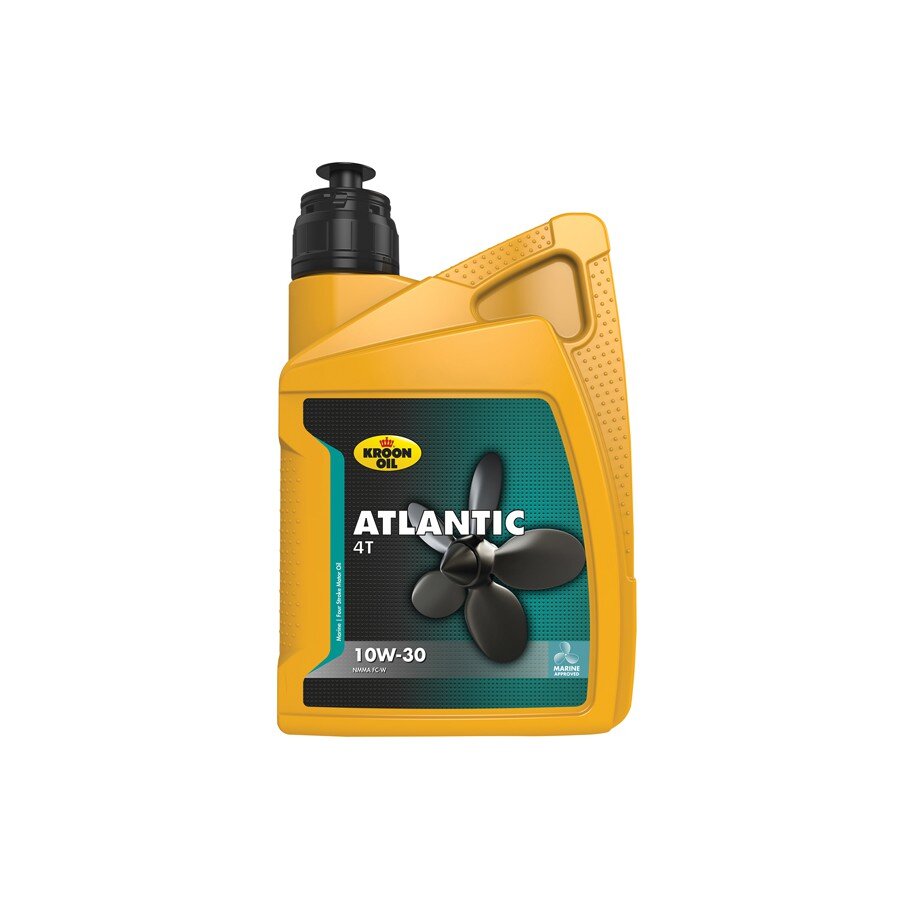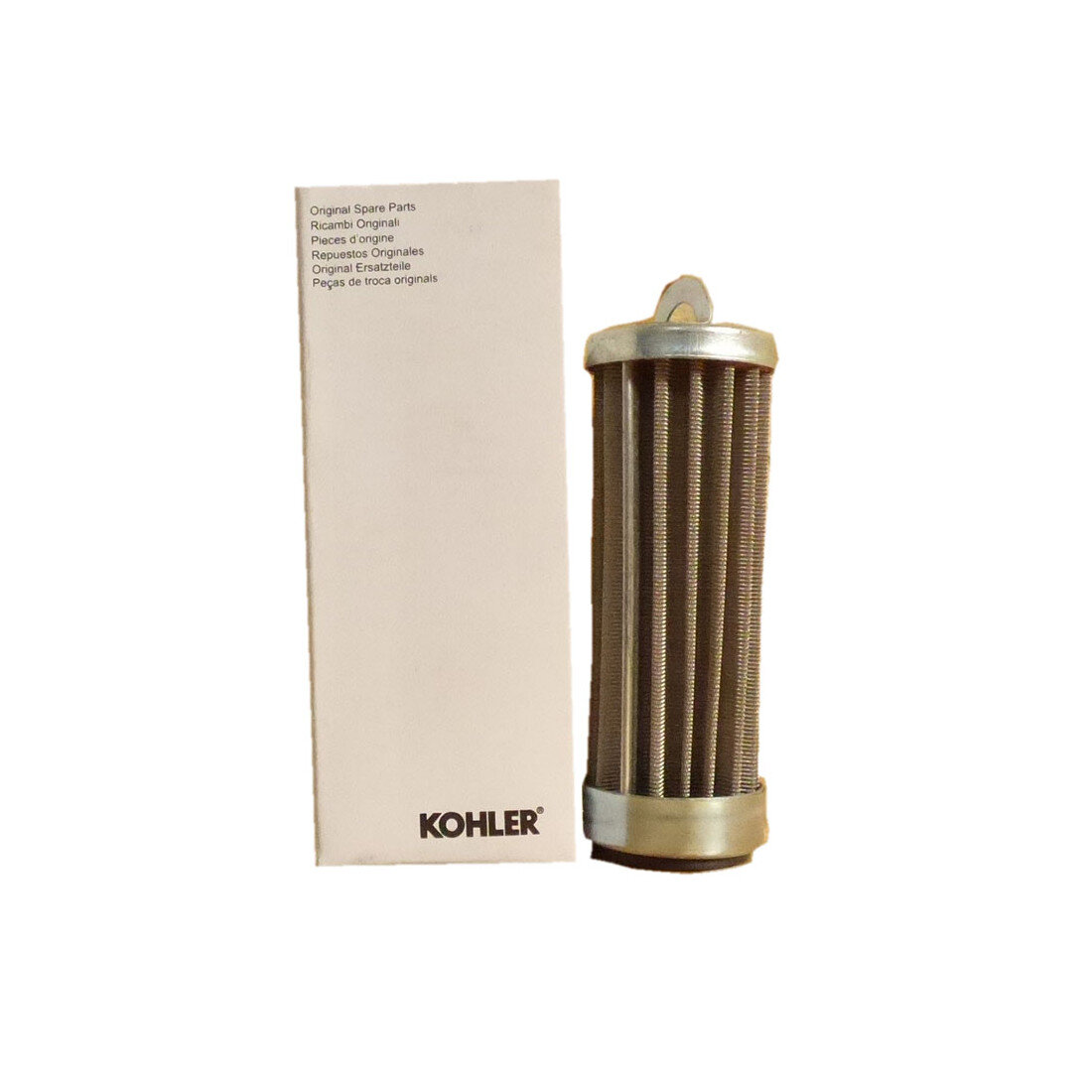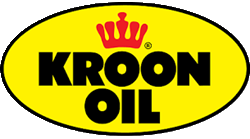
You’re out on the water, enjoying a lovely day’s boating, when suddenly that dreaded little light comes on: the oil light. A low oil pressure warning isn’t something to ignore. Low oil pressure can lead to serious damage to your engine, and you’ll want to avoid that at all costs.
In this blog, we’ll explain what low oil pressure means, how to spot it, and what you can do about it. That way, you’ll know exactly what to do if this problem occurs.
What does it mean if the oil pressure is too low?
Engine oil pressure is crucial for your engine to run smoothly. Engine oil ensures that all the moving parts in your engine remain properly lubricated. This prevents wear and overheating. The oil pressure makes sure the oil gets to where it’s needed.
If the oil pressure is too low, this system will no longer function correctly, with all the associated risks. We will discuss the various consequences of low oil pressure.
Wear of engine parts
When oil pressure is too low, there is insufficient lubrication. Engine parts, such as the crankshaft and bearings, therefore run dry. This leads to increased wear, which causes problems in the long run.
Engine overheating
Engine oil helps to cool the engine too. With low oil pressure, less oil is pumped around, meaning heat isn’t dissipated effectively. This increases the risk of overheating. An oil with a high viscosity maintains pressure better and prevents overheating.
Engine seizure
In the worst-case scenario, lubrication stops altogether. The moving parts then seize up so badly that the engine seizes. This can lead to serious engine damage, requiring an overhaul or even replacement. So don’t wait a few seconds but switch the engine off immediately.
Deterioration in performances
A car with low oil pressure performs poorly. You’ll notice a loss of power and your boat will run less smoothly. This is because internal resistance increases.
Serious damage to the oil pump
If the oil pump fails due to insufficient lubrication or wear, it can bring down the entire lubrication system. The pump is essential for building up pressure and circulating oil. When the filter is clogged, it also affects the pump’s operation.

How to recognise low oil pressure?
It’s important to recognise the signs of low oil pressure early on. This way, you can prevent the problem from escalating and avoid ending up with a broken engine on the water.
The oil light comes on
The most well-known warning sign is the oil warning light illuminating on your dashboard. This notification usually means the pressure has dropped below a certain level. You’ll typically receive a warning for excessively high oil pressure too, but that’s a separate issue. Take this seriously and switch off the engine as soon as you can safely pull over.
Unusual engine noises
When there’s too little oil or pressure, you’ll often hear ticking, dry, or rattling noises. This is because engine components, such as the valves or bearings, are no longer being lubricated properly and are grinding against each other.
Poor engine performance
If you notice your engine is less powerful or struggles to get going, low oil pressure could be the cause. The engine is put under more strain without proper lubrication.
Raised engine temperature
Engine oil normally also helps to cool the engine block. With low pressure, less oil is pumped around, causing the temperature to rise more quickly. So keep a close eye on the temperature gauge.
Smoking exhaust
Blue or grey smoke from the exhaust can indicate oil burning in the cylinders. This can be caused by internal damage or leakage due to a lubrication problem, and therefore also by prolonged low oil pressure.
What can you do if the oil pressure is too low?
As soon as you suspect the oil pressure is too low, it’s important not to continue sailing. Park safely and start with a check. Below you’ll find a step-by-step plan to identify and possibly resolve the problem.
1. Check the oil level
Start at the beginning: is there enough oil in the engine? A low oil level is the most common cause of pressure loss. Top up the oil with the correct type according to your engine’s specifications. Use the dipstick to measure the level. Topping up with the correct type of oil can sometimes resolve the problem immediately.
2. Check the oil viscosity
The oil’s viscosity is important for building up pressure. If the oil is too thin, for example due to age or incorrect specifications, this can lower the pressure. Consider an oil change with a thicker type of oil.
3. Check for leakss
Check around the engine for any oil stains. A leak can cause you to constantly lose oil, leading to a loss of pressure. Pay close attention to the hoses, seals, and the oil filter.
4. Check the oil filter
A blocked filter can impede oil circulation. Replace the filter if it’s old or contaminated. A fresh oil filter helps build the correct pressure.
5. Test the oil pressure sensor
Sometimes there’s no actual low oil pressure, but the oil pressure sensor is faulty. Get it tested or replaced if you’re unsure about the reading. A faulty sensor will give false readings.
6. Check the oil pump
The oil pump is the heart of the lubrication system. If it’s worn or faulty, it won’t be able to build up pressure. In this case, you’ll need to replace the pump.
7. Check the wiring
A poor connection, oxidation or a loose contact can also cause error messages. Visually Check the wiring and use a multimeter if you have one.
8. Have a compression test carried out
If you’ve checked everything and the problem persists, have a specialist perform a compression test. This can reveal internal damage to components such as the pistons or crankshaft.
9. Only Start the engine after checking
Don’t try to “just have a look” to see if the problem’s gone by restarting. This could cause further damage. Only restart after inspection and any necessary repairs.
10. Have regular maintenance carried out
Prevention is better than cure. Regularly changing the oil, replacing the filter in good time and using the correct oil will in many cases prevent oil pressure problems.

Extra tips to prevent damage from low oil pressuren
Always use the correct engine oil
Not all oil is suitable for your engine. Use the correct type of oil recommended by the manufacturer and pay attention to the correct viscosity.
Change the oil on time
Used engine oil loses its lubricating properties. This leads to wear and loss of pressure.
Monitor the operating hours
The age of your engine and its running hours play a part in the likelihood of problems. Older engines are more prone to wear and tear and leaks.
Keep an eye on the oil warning light
Don’t ignore a warning light, even if it goes out after a while.
Buy your boat parts at AB Marine Service
Low oil pressure can have several causes, from a simple low oil level to a faulty oil pump. Whatever the problem, at AB Marine Service, we can help you. We have a wide range of top-quality parts such as oil pumps, sensors, filters, and engine oil.
Our specialists are ready to answer your questions and help you find the right solution. Order easily online or contact us for advice. This way, you’ll keep your engine in top condition and prevent major problems on the water.
Questions about low oil pressure? Let us know. We’re happy to help!












